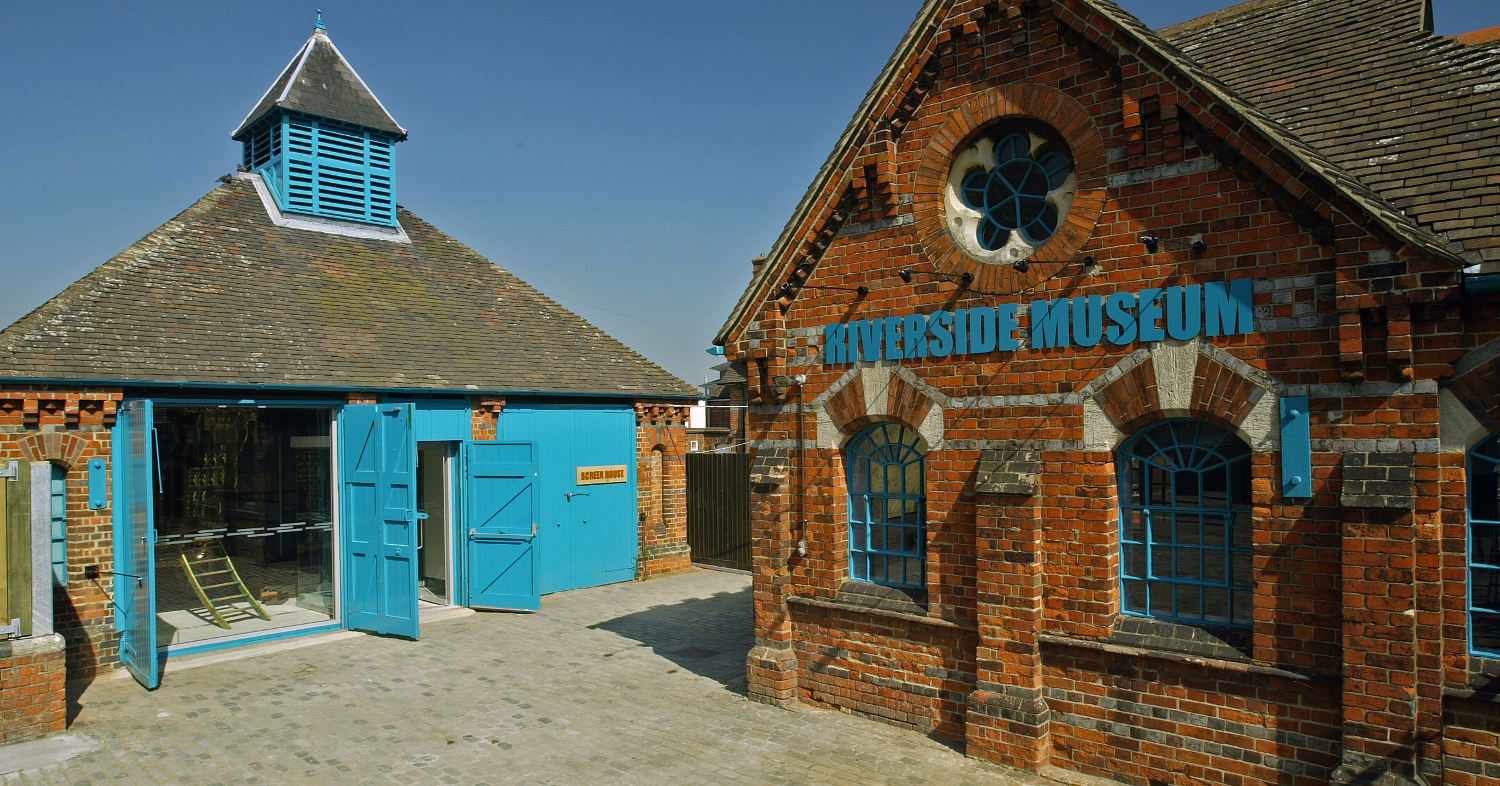The wharf was where boats unloaded supplies to the abbey. This was where all of the fine, limestone was delivered from Oxfordshire and Caen to build the abbey. It was also where King Henry I's body came to the abbey ready to be buried.
Digging Deeper - Wharf Excavation
The wharf was discovered in the 1980s when foundations were being dug for the adjacent office block. In the first phase, dating to the building of the abbey, stones were dumped on the bank to give a firmer surface to drag boats up onto. By 1410 the stones had been replaced with sturdy oak posts, driven into the bank to give a vertical bank which boats could tie up at. You can see one of these posts at Reading Museum.
Digging Deeper - Blake's Lock
Boats coming into Reading from the east would have had to have passed through the abbey's lock. Brokenburglok, now 'Blake's Lock', was a simple flash lock with a single gate or paddles that kept the water at a high level. Boats going upstream would have had to be winched or towed through. Money made from tolls on the lock went to the abbey: for locals, a boat cost 5p and a showte (flat-bottomed boat) cost 1p; for 'stranger's, a boat cost 5p and a showte cost 2p.
Digging Deeper - Victorian Sewage
There has been a weir at Blake’s Lock over the River Kennet since the medieval period. Reading’s sewage pumping station was built in 1873 by the Borough Council after the town’s drainage was described as being ’very imperfect and unsatisfactory, and injurious to public health’. All the town’s sewage came here to be pumped to the Manor Farm treatment works.
The buildings are built of Reading’s distinctive local bricks that were made by Colliers at their Grovelands brick and tile works. The Turbine House was built over the weir and contains the water turbines. These once powered engines that pumped up to three million gallons of sewage a day two miles upstream to the treatment works. In the 1920s electric pumps were installed, replacing the water turbines. The Screen House originally contained large screens that filtered out rubbish from the sewage before it was pumped away. This building was used until 1959, when the pump station was extended with two additional pumps to increase the station’s pumping capacity.
Today these Victorian listed buildings form the Riverside Museum and a waterside restaurant. Find out more about the Riverside Museum.

Screen House (left) and Turbine House (right)





